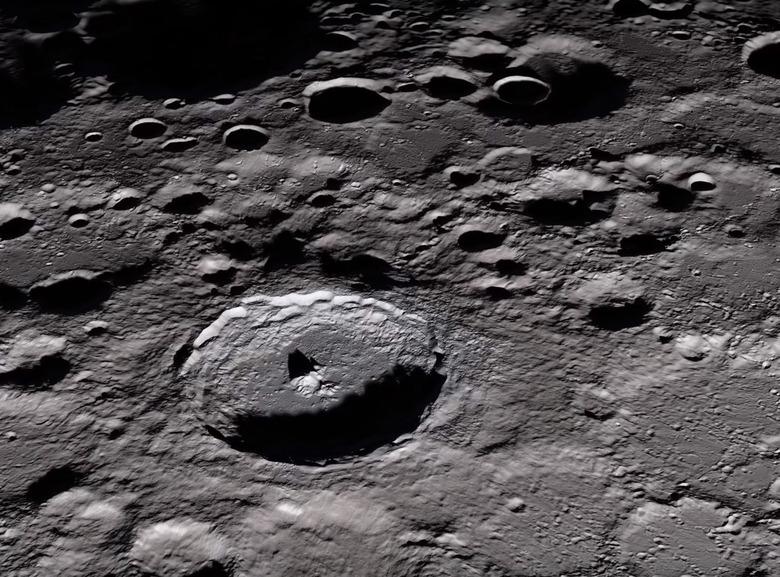The Moon Is Getting 4G Thanks To NASA And Nokia
- NASA wants to build a 4G/LTE communications network on the Moon, and it's hoping that Nokia will be able to make it happen.
- Nokia's Bell Labs will work on adapting technology used on Earth for use in lunar communications.
- The company received a $14.1 million deal for the work, according to NASA.
If I asked you to guess what company NASA thought was most capable of building a 4G communications network on the Moon, what would you say? I mean there's Verizon, AT&T, the T-Mobile/Sprint monolith, and several other companies that provide that service here in the United States and abroad, so there's many to choose from.
Well, NASA didn't tap any of those big names to build its own 4G lunar network. Nope, it picked a company that, as far as the U.S. mobile industry is concerned, is little more than a blast from the past: Nokia. As part of a huge list of companies that NASA is throwing money at to develop various technologies, the space agency announced that Nokia would receive $14.1 million to build out a 4G/LTE system in space.
Now, Nokia might seem insignificant in terms of modern smartphones, but the company is still very much alive. It holds a ridiculous number of patents on various communications technologies and has multiple subsidiaries including Bell Labs and Alcatel Mobile. Bell Labs specifically will be working on the lunar network alongside other contractors to prove that a 4G network — later upgradable to 5G — is possible on the Moon.
"Inspired by terrestrial technology, Nokia proposes to deploy the first LTE/4G communications system in space," NASA says. "The system could support lunar surface communications at greater distances, increased speeds, and provide more reliability than current standards."
Now, before you go imagining a crew of workers building a cell tower on the Moon it's important to note how NASA is imagining things. Bell Labs has already built communications nodes that work like towers on Earth but are much more compact and could be deployed without needing to be "built" once they get to space. It's already being used on Earth on a small scale, and while the nodes are less powerful than a full-sized tower, they also use less power and would seem to be perfectly suited for use in lunar communications.
Using 4G in space instead of the communications technology that has traditionally been used for lunar landings, rovers, and other hardware on the surface, will be a big deal, NASA says. This new network will be a whole lot faster and, more importantly, far more stable and reliable than anything that's come before it. That's important, especially as we near the expected launch dates of new crewed missions to the lunar surface. Astronauts will want to be able to communicate with one another and send information back and forth from Earth with as few hiccups as possible, and NASA is hoping that Nokia and Bell Labs will be able to make that a reality.
